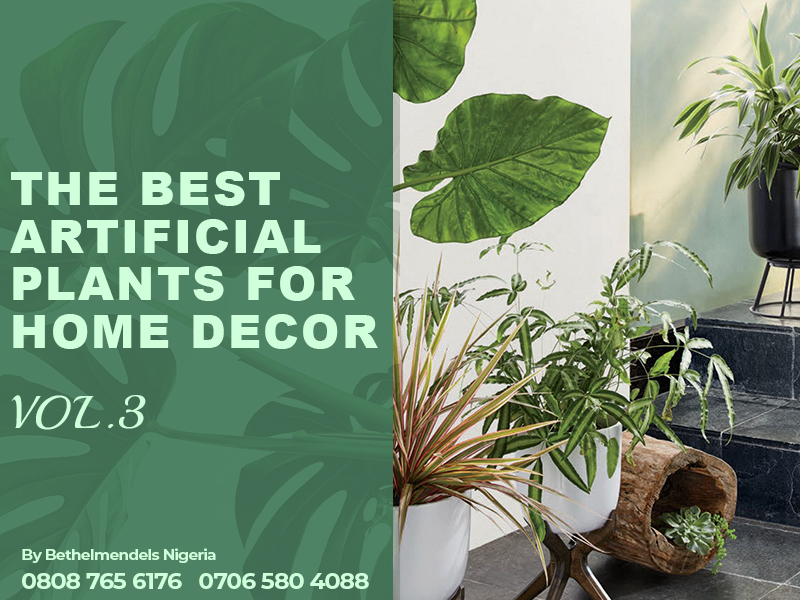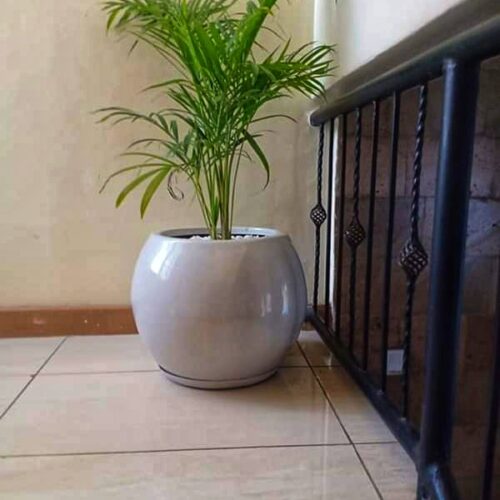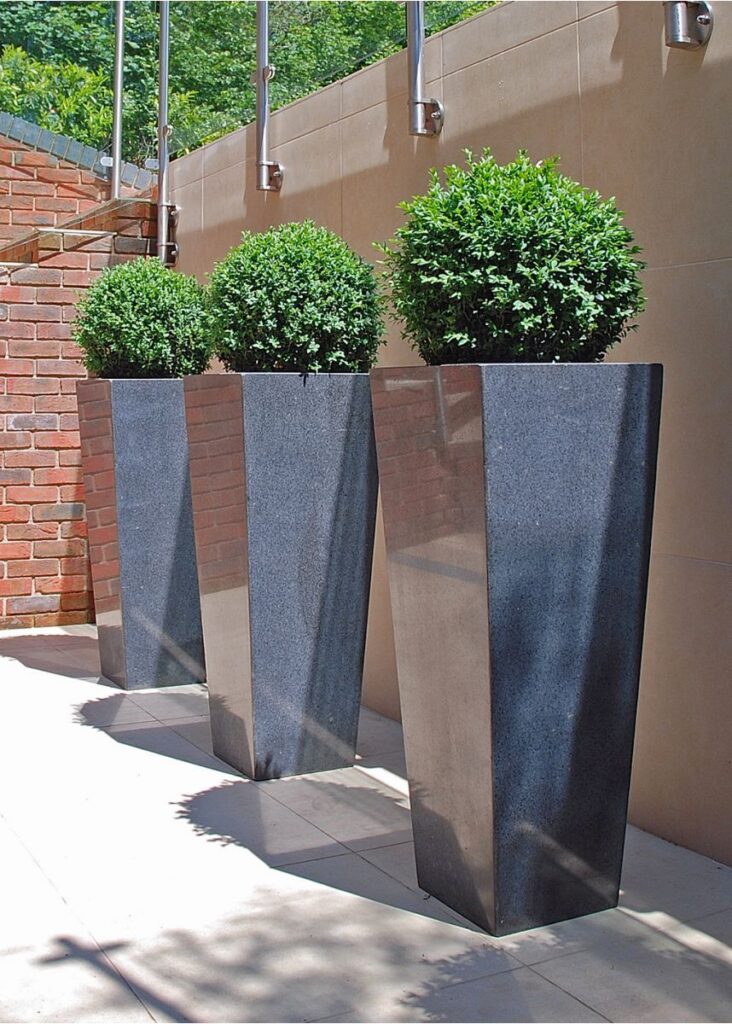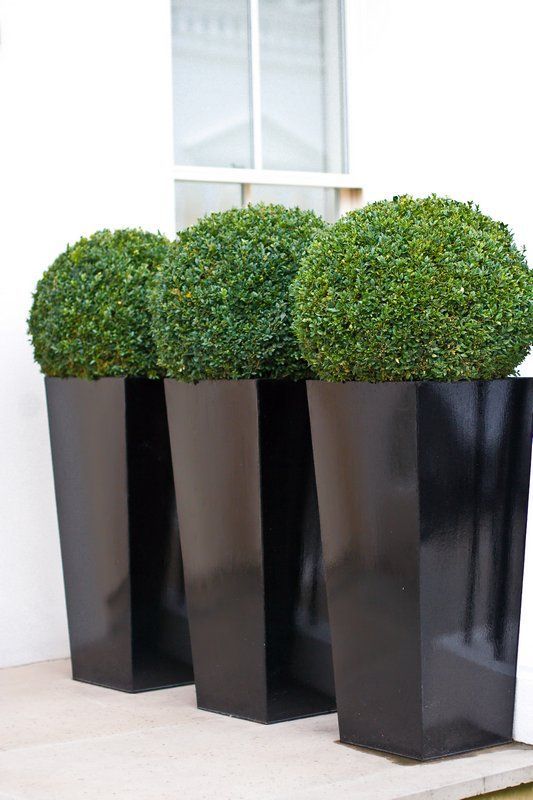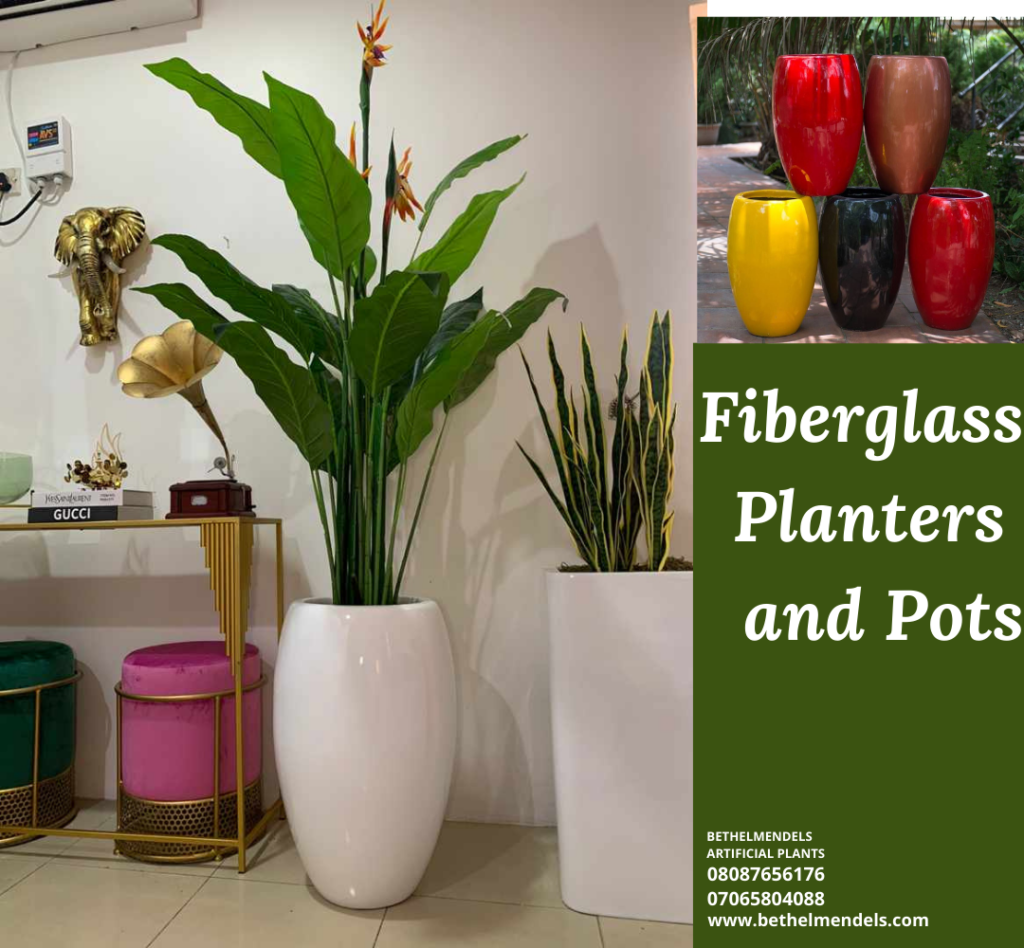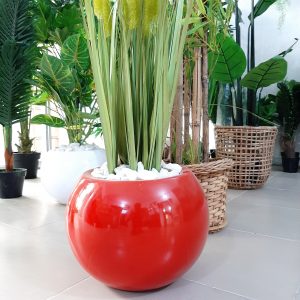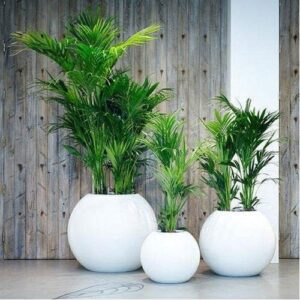Texture and Details
Every plant has a lot of dissimilarities in their makeup. Each leaf might have a varying color gradation, vein pattern, or shape. Any plant without imperfections is easily called out as fake. So, look for ones that have these realistic qualities.
People touch the leaves to check the plant’s authenticity. If it feels hard or plasticky, then the verdict is usually that it’s fake.
Newer designs such as soft-touch processing produce plants with more smooth textures. There is a category of “real touch” flowers and foliage made from polyether polyurethane (PU) foam. In this process, the manufacturer pours lightweight foam into molds to create the flower.
This method of molding also allows for replicating the veins from real versions versus printed-on petals.
Asymmetry
No living plant looks equal on all sides. Natural plants have an organic asymmetrical form, with varying leaf distribution and twisted stems and tendrils. Note this when picking artificial plants.
Steer away from options that look too even on all angles with little variation in the stem and leaf placement.
Placement
Positioning is a very integral part of you owning a faux. Especially if your goal is to make these fake versions look like their real counterparts.
A common guideline is to place artificial plants where you would usually place real ones i.e sunny corners where they might typically thrive. Hiding your fake plants away in dark areas is a surefire giveaway that they’re not real.
Another design trick for a realistic aesthetic is placing your fake plants alongside living ones, making their discrepancies less noticeable.

